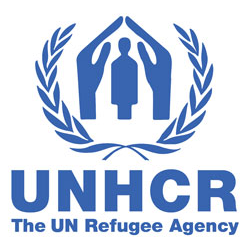Section II of The Refugee Law Reader presents the international framework for refugee protection. This section focuses exclusively on universal norms. Although both universal and regional laws and practices may be important in any single case, the legal norms developed at the regional level differ significantly from one area of the globe to another. Therefore, The Refugee Law Reader has elected to address world-wide legal obligations in Section II and to examine regional norms in the separate sections concerning Africa, Asia, Europe, and the Americas.
The international legal norms concerning refugee protection derive from the well-known sources of international law: international conventions, international custom, and generalized principles found in major legal systems around the world. In addition to identifying these bases of international legal protection of refugees, Section II highlights soft law as well as subsidiary sources such as judicial decisions and the writings of scholars and other experts.
The organization of Section II proceeds according to the following logic. The first portion of Section II surveys the overarching principles and concepts of refugee protection. The focus is on customary international legal norms, which apply to all states whether or not they are Contracting Parties to any pertinent treaties, on soft law, and on certain provisions from international human rights conventions. The second, and by far the most extensive, portion of Section II focuses on the 1951 Geneva Convention relating to the Status of Refugees and its 1967 Protocol. Today there are more than 140 State Parties, making these treaty obligations applicable in many parts of the world and a wellspring of jurisprudential development.
The third portion of Section II turns to other universal protection that pertains to refugees and asylum seekers. In particular, it examines the concepts of temporary protection and complementary or humanitarian protection, which many states employ in their responses to the displacement of people. It also examines universal instruments of human rights and humanitarian protection, which are relevant to everyone, including the displaced. Lastly, Section II turns to the topic of internally displaced persons. Although they generally do not fall within the legal framework of refugee protection, and should enjoy rights as nationals in their own countries, many individuals displaced within their own country fear the same persecution as those who have crossed borders. The similarities between their situation and that of many refugees make it imperative to address their plight.



